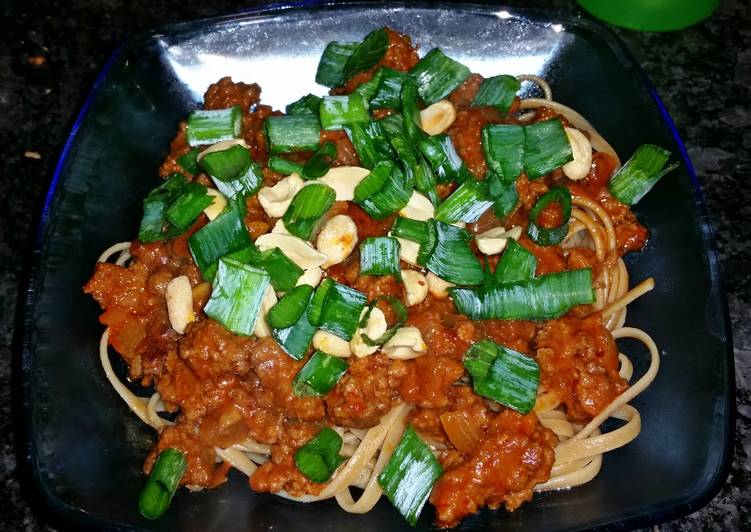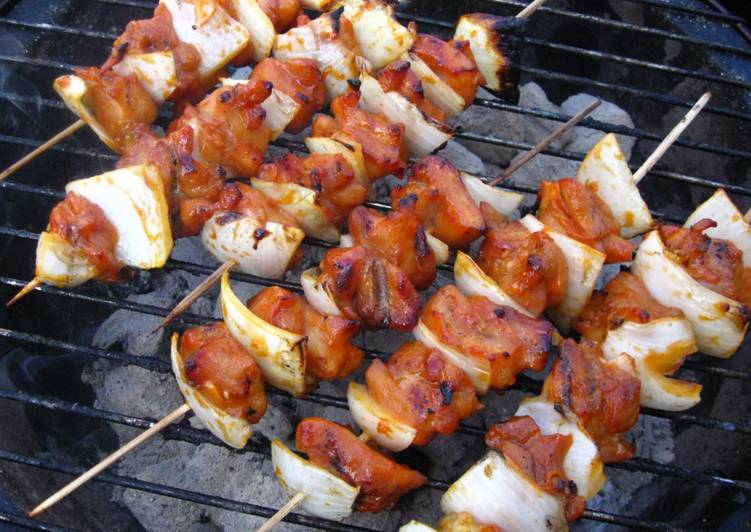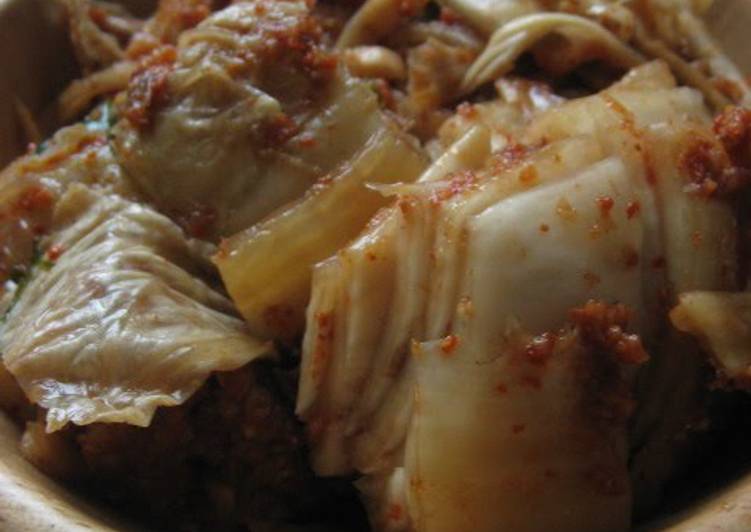
Hello everybody, it is Brad, welcome to our recipe page. Today, we’re going to prepare a special dish, dan dan noodle (easy version). One of my favorites food recipes. For mine, I am going to make it a little bit unique. This is gonna smell and look delicious.
Dandan noodles or dandanmian is a noodle dish originating from Chinese Sichuan cuisine, I've taken the dish and hugely simplified it for my channel. Dan dan mian, or dan dan noodles, are one of Sichuan (sometimes spelled Szechuan) province's most famous culinary exports. Sichuan cuisine is defined by its heat, and our spicy Szechuan noodle recipe is no exception!
Dan Dan noodle (easy version) is one of the most well liked of current trending meals on earth. It’s enjoyed by millions daily. It’s easy, it’s fast, it tastes delicious. They are nice and they look fantastic. Dan Dan noodle (easy version) is something that I have loved my entire life.
To get started with this recipe, we must first prepare a few ingredients. You can have dan dan noodle (easy version) using 20 ingredients and 11 steps. Here is how you cook that.
The ingredients needed to make Dan Dan noodle (easy version):
- Take ground beef
- Get oil (I used peanut)
- Get medium onion, chopped
- Get garlic, minced
- Prepare ginger, minced or grated
- Prepare chicken stock
- Make ready soy sauce
- Take rice wine vinegar
- Take sesame oil
- Get peanut butter
- Take long noodles
- Get Spicy
- Take each use only one of the spicy, these are some options, adjust to your liking
- Get gochujang (Korean chilli paste)
- Take Sriracha sauce
- Prepare chilli paste, like samba oelek
- Make ready garnish
- Take each green onion, sliced
- Prepare roasted peanuts, chopped
- Make ready cilantro, fresh
With this recipe, you can try out this spicy, numbing Dan Dan Noodles Sichuan classic at We must have tried no fewer than a dozen versions of this Dan Dan Noodles recipe. It's one of those dishes that's so widespread among Chinese noodle. Make spicy Szechuan dan dan noodles in a few easy steps. The classic Chinese recipe has many variations, but all include sesame paste and chili oil.
Instructions to make Dan Dan noodle (easy version):
- In a medium size pan or skillet, heat the oil, medium-high heat, and when hot add the ground beef and cook until done, chopping into smaller pieces as you cook it.
- Remove cooked beef to a bowl with paper towels.
- Reduce heat to medium, add chopped onion and cook, stirring a little, until translucent. Scrap up any of the beef bits left in the pan, into the onions as it cooks
- Add the garlic and ginger, stir for about 2 minutes
- Add the stock (or water), soy sauce, vinegar, sesame oil, and peanut butter.
- Add your spicy ingredient of choice, but only one, I just listed a variety so you knew it wasn't all that difficult. My preference is the gochujang, but you can't always get that.
- Add your cooked beef back in, stir to mix well. Bring up to a simmer.
- Cook your noodles to al-dente, our just under done, not soft. I prefer a whole grain noodle, and something like spaghetti or linguini sized
- Cook your beef mixture until it is the thickness you desire. I like a gravy/sauce thickness myself.
- Drain your noodles when done, add a little butter or oil so they don't stick together
- Add the noodles to individual bowls, add the beef mixture on top, garnish and serve
The classic recipe includes fresh noodles and a meat topping made with ground pork or beef and (usually) Szechuan preserved vegetables. Go straight to the recipe directly if you're familiar with the. With my detailed recipe, Dan Dan noodles can be easily replicated in your home kitchen. The nutty topping gives Dan Dan noodles another layer of texture and flavour. I use peanuts for this recipe but soybeans work too.
So that is going to wrap it up for this special food dan dan noodle (easy version) recipe. Thank you very much for your time. I’m sure you will make this at home. There’s gonna be more interesting food at home recipes coming up. Don’t forget to save this page in your browser, and share it to your loved ones, friends and colleague. Thank you for reading. Go on get cooking!


